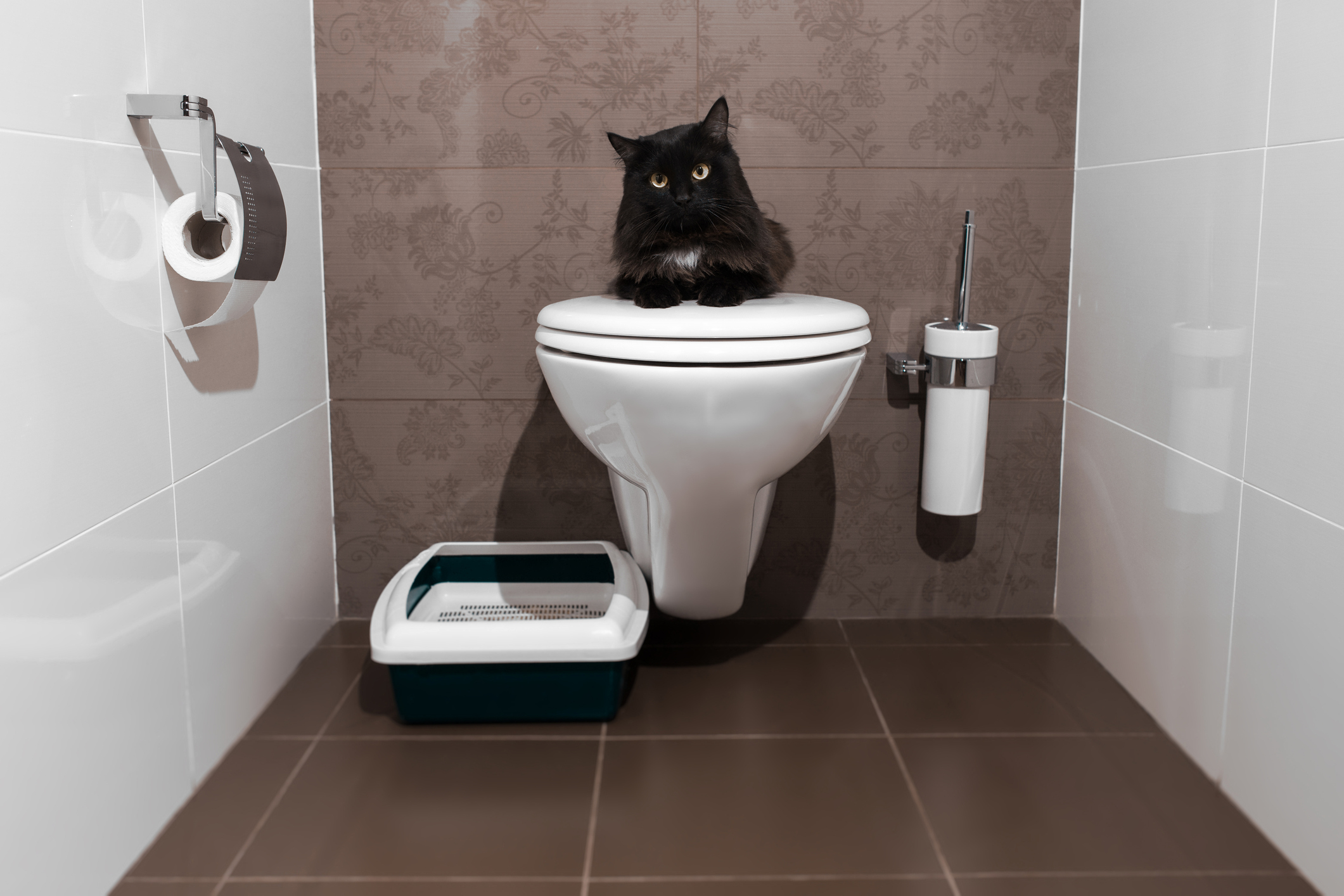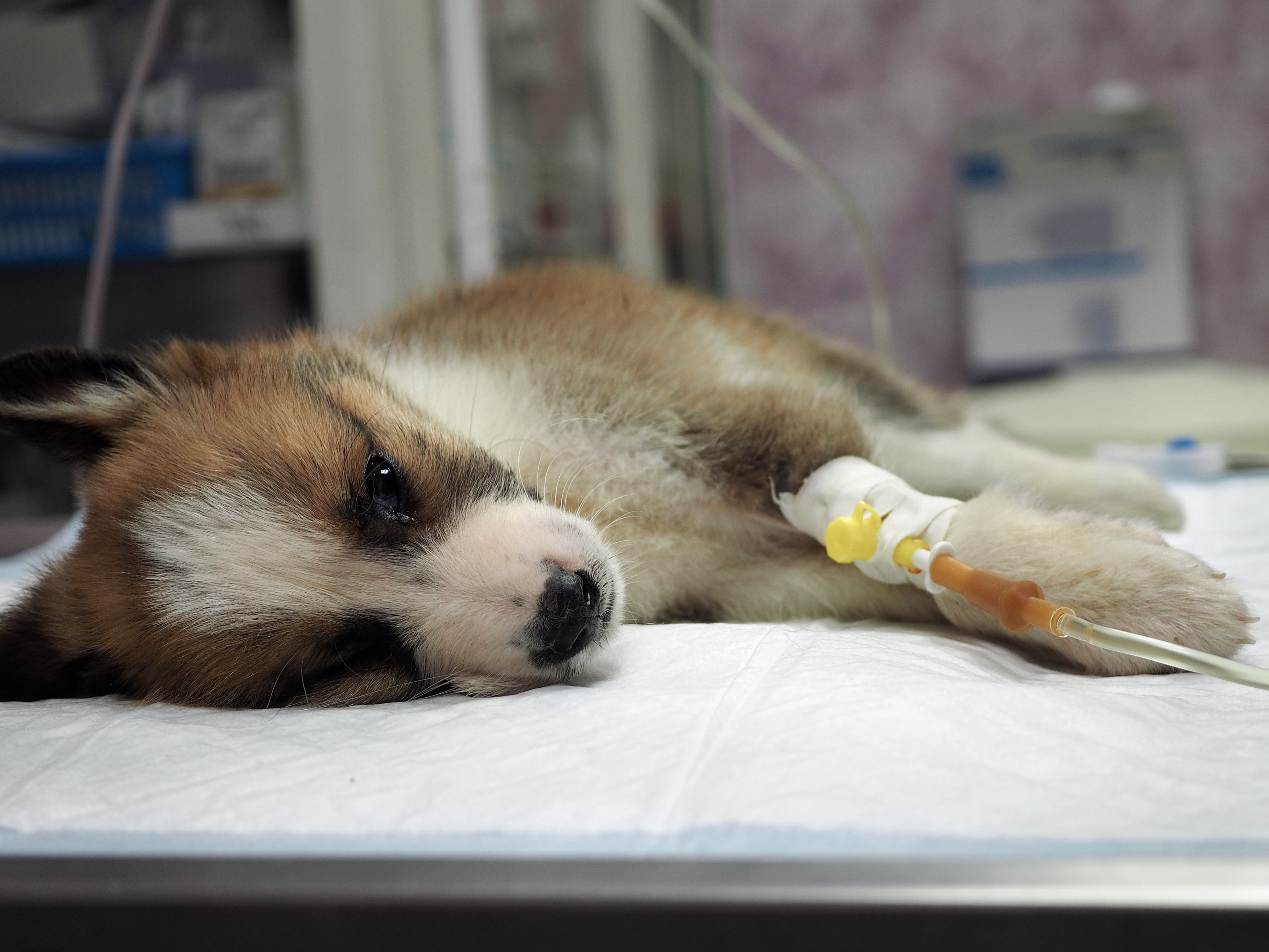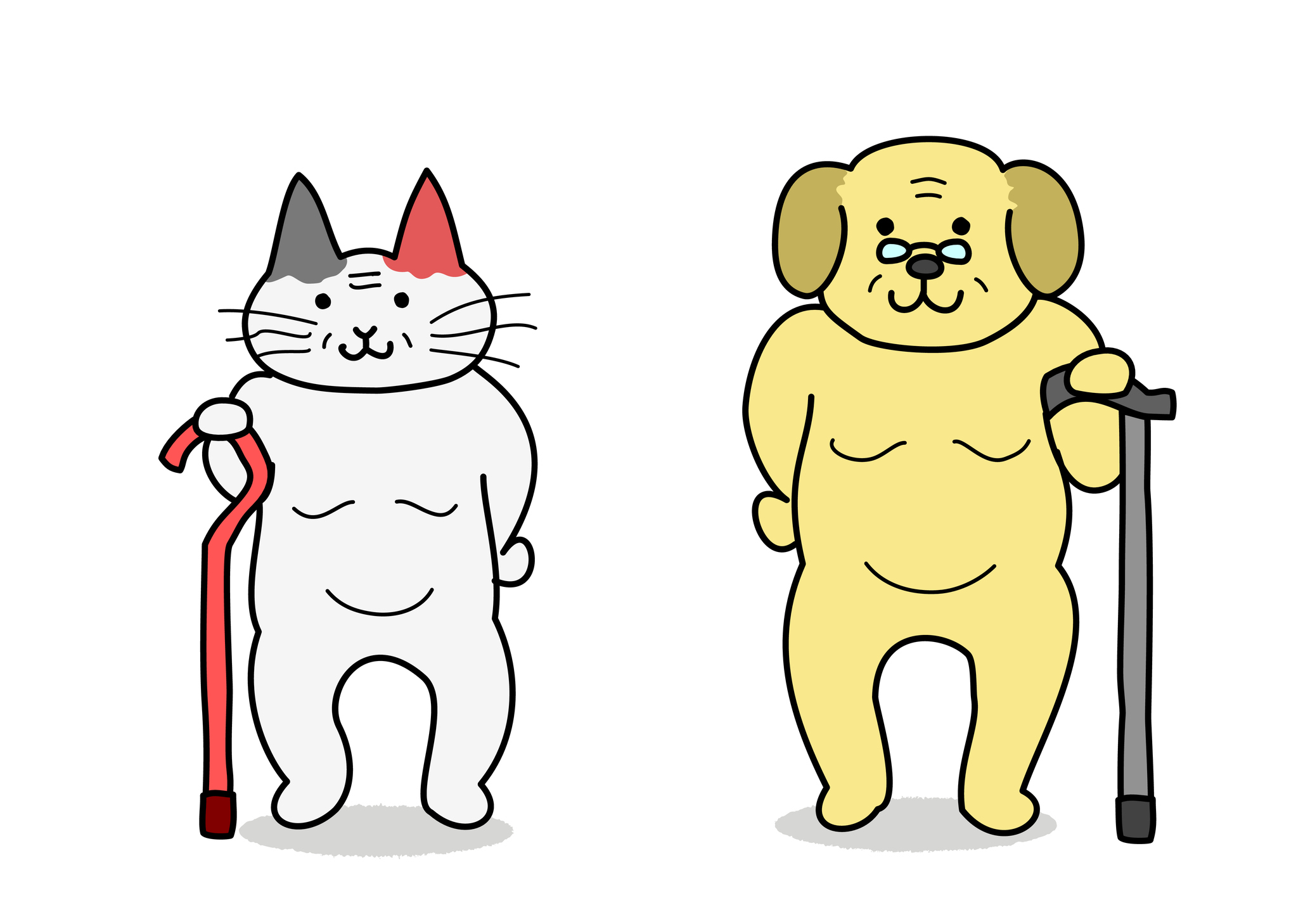
Help! My Cat has a Wee Problem.
Author – Dr Rowena Buxton Vet24
You and your cat may have lived with household harmony since kitten hood, and the days of potty training can seem a lifetime away. Which makes it hard to understand why Tiger has suddenly decided to stop sharing the bed and start toileting on it instead. Or the rug. Or your child’s favourite jumper.
Inappropriate pooping, toilet trouble, house soiling, call it what you will; the poor choice of places to potty is a frequent behaviour problems in cats. And because most people are very fond of their feline friends, it can take a surprisingly long time for the wee problem to become a big problem. But when it does, it can be a hard (and smelly) problem to solve.
So why does Tiger do it? Why now? Why the couch/shoes/toaster? And what to do about it? Well, short of convincing Tiger to talk, thorough observation and detailed examination may offer the best hope of finding a cause and a solution that both you and Tiger can live with.
Kersti Seksel, one of Australia’s leading feline veterinary friend’s, offers the following as a guide to getting answers.
WHO does the cat live with (including other animals and people)? Who visits (again, both animals and people)? Who does the cat like and who causes a stressful reaction?
WHERE does the problem behaviour occur? Is the cat marking territory (usually occurs on vertical surfaces such as along walls)? Are there certain places it never occurs? Where are the litter trays positioned?
HOW often are the litter trays cleaned and with what? How often are trays replaced? Have you recently changed litter types/brands?
WHEN did the problem start? Have there been any other environmental changes that coincide with the onset of the problem?
WHY? Oh, if only they could talk! 🙂
Once you have the answers to these questions, or Tiger decides it is time to talk, it is off to the vet for a thorough examination.
With the information you have gathered, and the results of a physical exam, your vet is likely to be able to decide on a course of action to narrow down the list of possible causes. Health issues that cause pain (such as arthritis), neurological problems, infections, illnesses that affect thirst – all of these can change your cat’s ability to get into the litter tray when it’s time to do business.
[su_highlight background=”#24fcd0″]If a medical problem is suspected, then further information can be gained from collecting and testing urine, faeces and blood, sometimes also from imaging, such as an ultrasound or radiograph.[/su_highlight]
Common conditions associated with poor toilet choices include:
- Feline lower urinary tract disease (FLUTD, interstitial or sterile cystitis)
- Urinary tract infection
- Hyperthyroidism
- Diabetes
- Problems with the urethra (the outflow tract from the bladder)
- Gastrointestinal inflammation or parasites
- Various spinal cord and brain diseases
So, the good news is that your vet might be able to find the reason your favourite rug has become Tiger’s favourite toilet.
The bad news is that finding and treating the reason may not convince Tiger to change the behaviour. That’s right. Even if you and your vet pool all your detective talents and find the answer, curing your woes may not be as easy as curing Tiger’s ills. And that’s because bad habits are hard to break.
If your cat has come to associate painful constipation with squatting in the deluxe, with-a-hood, built-in room deodoriser, instant self-cleaning function litter heaven (that you recently purchased three identical models from Ebay for the price of a small car) tray, no pill is going to cure it. This is because Tiger has learned that bad things may happen there. Thus your inoffensive couch, which has never so much as looked at Tiger crossly, becomes the preferred place of elimination. Soft, comfortable, never a painful tummy there.
So what do you do? What if there wasn’t a medical problem, or if there was, it’s been resolved and still the toilet habits don’t change?
Again, Kersti Seksel has a few suggestions, the first of which is to put aside the possibility that Tiger’s actions may be based in malice and to look for the small things that may spell success:
- The type and location of the litter tray
- Type of litter (and whether the type/brand of litter has recently changed)
- The cat’s relationship with other pets and human family members
- Recent changes or stressful events within the household (new baby, new pet, moving, etc.)
- How often the litter tray is scooped and/or thoroughly cleaned
- What products are used to clean the litter tray (using scented/perfumed cleaners can cause a cat to avoid using the tray).
Cats can be surprisingly fastidious, and, as they say in real estate, location is everything. The position of the litter tray and the type of litter are the most common reason a cat will avoid the litter tray. And cats can have different preferences or aversions for each. Thus, some cats will use a litter tray to urinate but not to defecate or vice versa. A room with a view is not enough – a litter tray in several locations is essential, especially if there are several cats in the household and there is conflict between the cats.
Conflict between cats is not always obvious to mere humans. In a single cat household a roaming neighbourhood cat can cause stress from beyond the glass. Staring can be a major threat from one cat to another. Conflict can be easier to spot with a new pet in the house, but it doesn’t need to descend to physical fighting for there to be a problem. Tiger might not choose to talk about the problem, but sometimes pee speaks louder than words.



